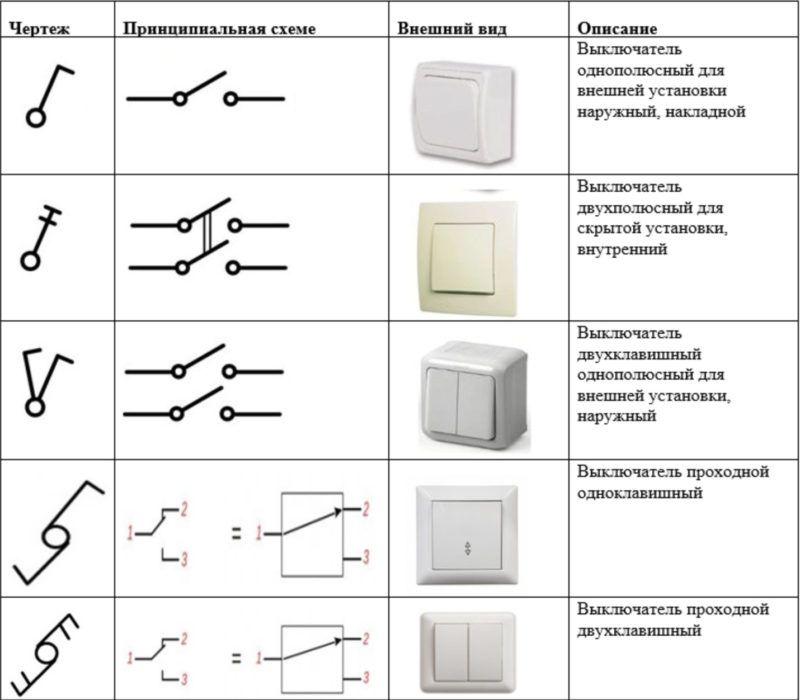How to install a light switch - indoor or outdoor
During the renovation of the premises, the question may arise - where to install light switches and how to do it in the best way. Doing this work is not difficult and can be done by an average skilled craftsman familiar with the basics of electrical engineering. But first it is necessary to study the materials and follow the simple, but obligatory rules.
General principles of installation
The main (and in most cases the only) task of the switching element, in addition to its aesthetic function - to close and open the circuit, bringing voltage to the lights. Therefore, the general principles boil down to two points:
- Safety;
- convenience.
In general, the implementation of these principles for different types of devices is similar, but there are peculiarities - depending on the design of devices.
What types of switches there are
It is possible to classify switches according to various criteria. So, according to the method of installation they can be divided into two classes:
- for indoor installation (installed in "glasses" recessed into the wall, the main area of application - rooms with concrete or brick walls);
- overhead (mounted on a flat surface - walls and partitions made of wood, plywood, plasterboard).
According to the degree of protection the devices can be divided into:
- for indoor installation in dry rooms;
- For installation in wet rooms (IP no less than 44);
- for outside installation.
According to the way they affect the state of the contact group, switches can be categorized into:
- pushbuttons (in turn, divided into single-key, two-key and three-key);
- Push-button switches (operated by pressing a button)
- Rotary (operated by turning the knob);
- Touch (responds to touch);
- rope wall-mounted (with a cord);
- combined with dimmers (dimmer);
- acoustic (reacting to an acoustic signal);
- remotely controlled (activated by remote control - infrared or radio frequency).
A separate category can be divided into pass-through and reversible switches - they are used for independent control of lighting from several points.
Choice of installation location
The place of installation of any electric light switch is regulated by the Electrical Installations Regulations (EIR). Paragraph 7.1.51 recommends installing these devices at a height of 1 m at the entrance to the room on the door handle side. There are no specific instructions for the height and location of switching devices in apartments and houses, except one - the distance to the gas supply pipes must be at least 50 cm. For the rest, you can be guided by considerations of personal comfort (in many cases, 1 m from the floor - just the most comfortable). But if we are talking about children's institutions, the rules are strict - the installation of the switch must be carried out at a height of at least 1.8 m.
Important! Paragraph 7.1.52 of the Electrical Installations Code prohibits the installation of light switches in wet rooms (bathrooms, showers, etc.). Exceptions are washbasins and zones 1 and 2 according to GOST R 50571.7.701-2013. In these, you can put switches under the ceiling with a cord.
| Zone 0 | Zone 1 | Zone 2 | Zone 3 |
| Inside the bathtub and shower enclosure. | Boundaries in height - from below the floor, from above - a plane parallel to the floor at a height of 2.25 m. | ||
| Vertical - the outer vertical plane of the bathtub or shower tray or the vertical plane at a distance of 0.60 m from the showerhead (for shower without a shower tray). | vertically by the outer surface of zone 1 and a vertical plane parallel to it at a distance of 0.60 m. | vertically by the outer surface of zone 2 and a vertical plane parallel to it at a distance of 2.40 m. | |
Stage-by-stage installation of household switches
The quality of installation is initially determined by the use of tools. To install the switching devices will need:
- two Phillips screwdrivers (one smaller, one more powerful);
- wire cutters to shorten wires;
- a screwdriver to check for voltage;
- a wire stripper (better yet, a special wire stripper).
You may also need other small tools.
Step 1 - Disconnecting the Voltage
The first thing to start with when installing a switch (and removing the old one) is to remove the voltage. You have to find where the voltage to the switching element and the entire lighting system comes from. Usually it is a switchboard. In it hangs a diagram, or each circuit breaker is provided with a signature of the consumer.
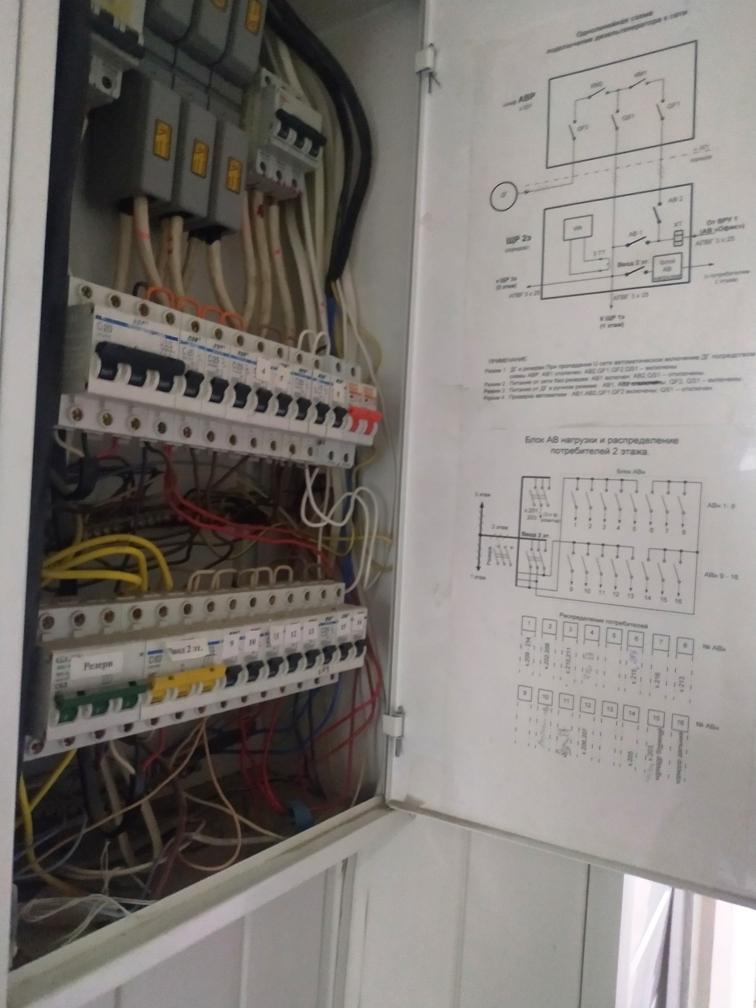
After disconnecting the appropriate circuit breaker, you must check the voltage directly at the workplace - there may be a mistake in the labeling in the switchboard.
Step 2 - Check phasing
If you are replacing an old switchgear with a new one, you must remove the switch keys to check the phasing and gain access to the switch terminals. For older devices, you must remove the front panel by removing the self-tapping screws.
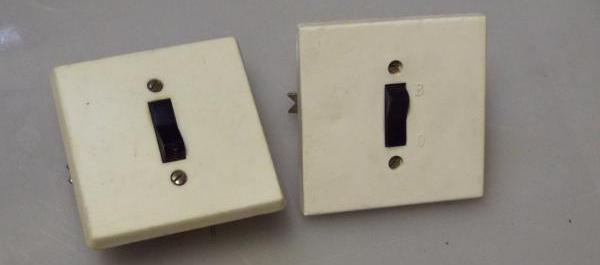
Then you should briefly turn on the voltage from the switchboard, with an indicator screwdriver check the presence of voltage on the input terminal. In most cases, the supply wire is brought in from below.
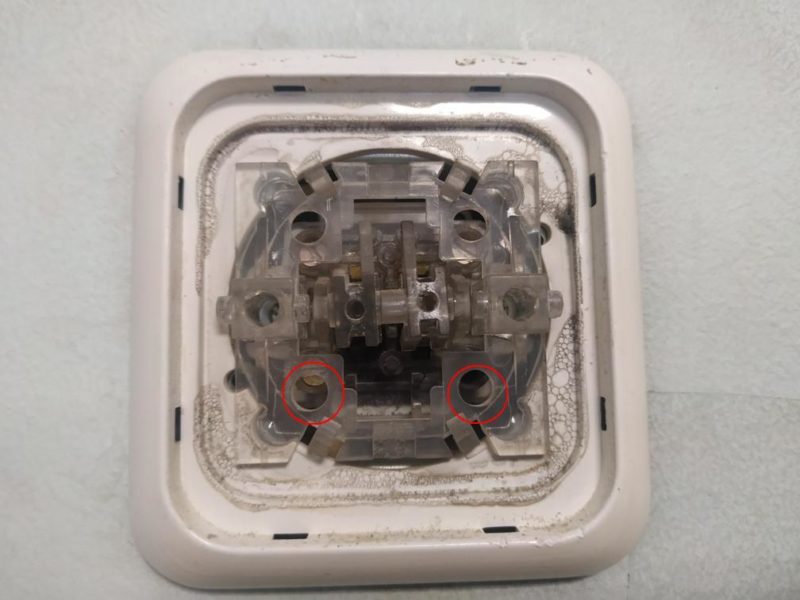
If you are installing a new lighting system, you must strip the supply wire with a wire cutter or wire stripper. After briefly applying power, make sure that nothing is messed up. In both cases, if a phase wire is brought to the place of installation, there will be a lot of work to redo the installation. This is especially true for concealed wiring.
Step 3 - Dismantling the old appliance
Next, it is necessary to disconnect the voltage supplied for the phasing test and dismantle the old switch. To do this, you will need to loosen the terminals, unscrew the fasteners (if the device is equipped with expansion tabs, they must also be loosened as much as possible). After that, the device must be carefully removed.
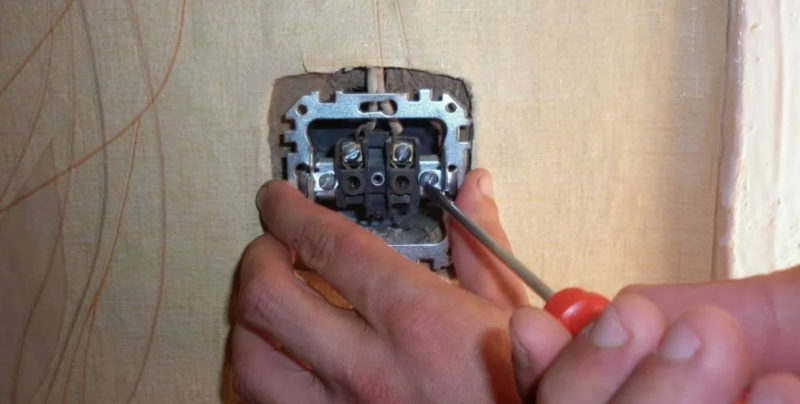
The video shows the disassembly of the 4 main types of switches.
Step 4 - Installing the new appliance
Before installing, you need to carefully inspect the wires. If you are replacing an old appliance with a new one, you probably won't have to do anything. You just need to make sure that the wires are not oxidized (otherwise you need to clean the metal) and that they are long enough to continue the work. If you perform a reconstruction or a new installation of the lighting system, the conductors should be shortened and the insulation stripped.
Then make sure that the number of outgoing wires is equal to the number of keys of the switch. If there is one supply and one output, and the switch is a single pushbutton, then the supply wire is connected to the bottom terminal and the output wire to the top terminal. If a single switch has one key and a pair of input and a pair of output terminals (this is done in production for reasons of technology), then any pair of contacts can be used.
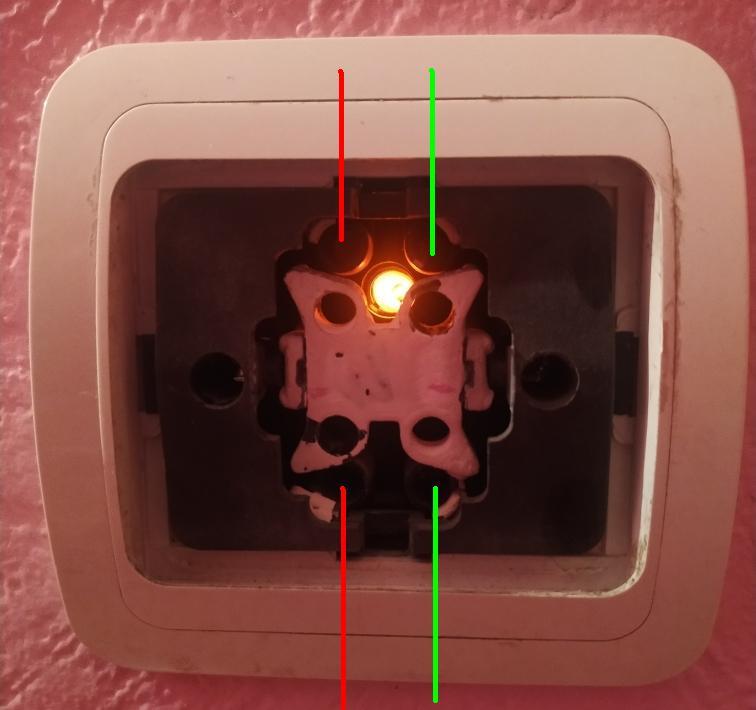
If you want to switch a single load, and there is a two-way switchIf you have a two-way switch then it can be used in this situation. There are two connection options. The first involves any key. The second in the process of switching is not involved.
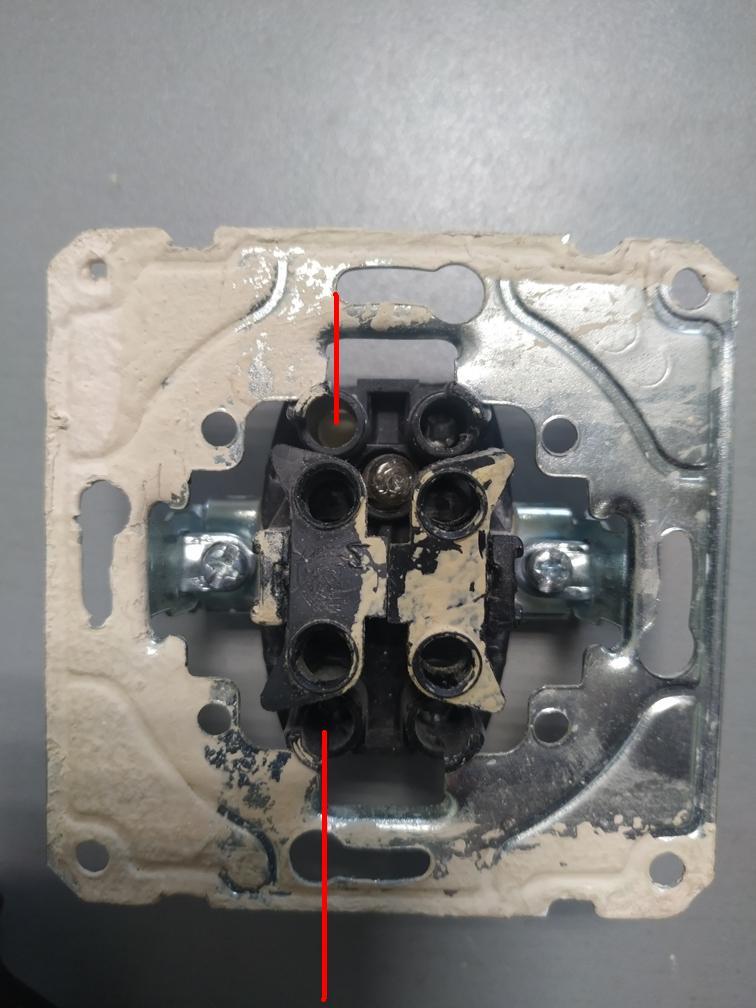
Alternatively you can switch both channels in parallel. Then any key can be used to turn on the light, and both keys should be used to turn it off.
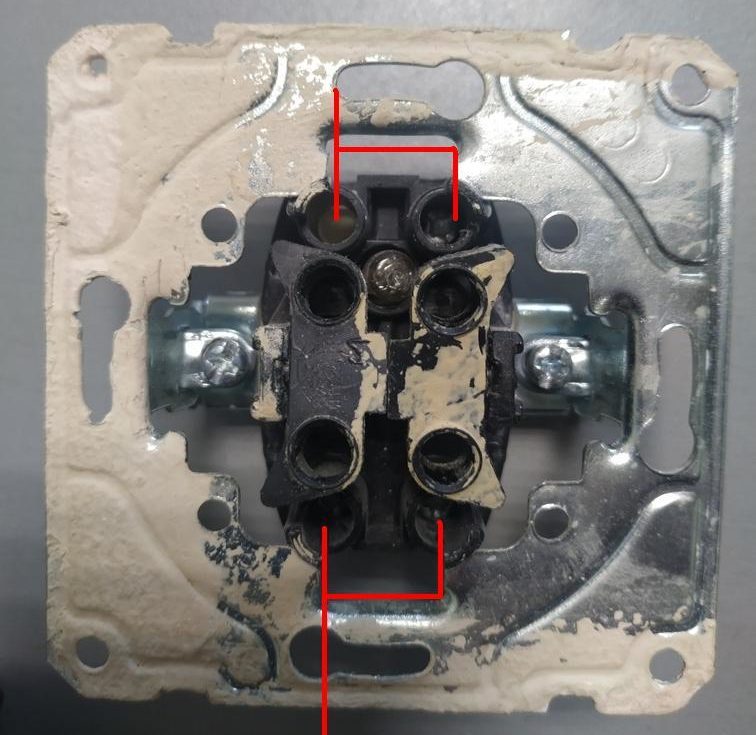
If two loads have to be switched independently, the two-key unit can be used for its intended purpose.
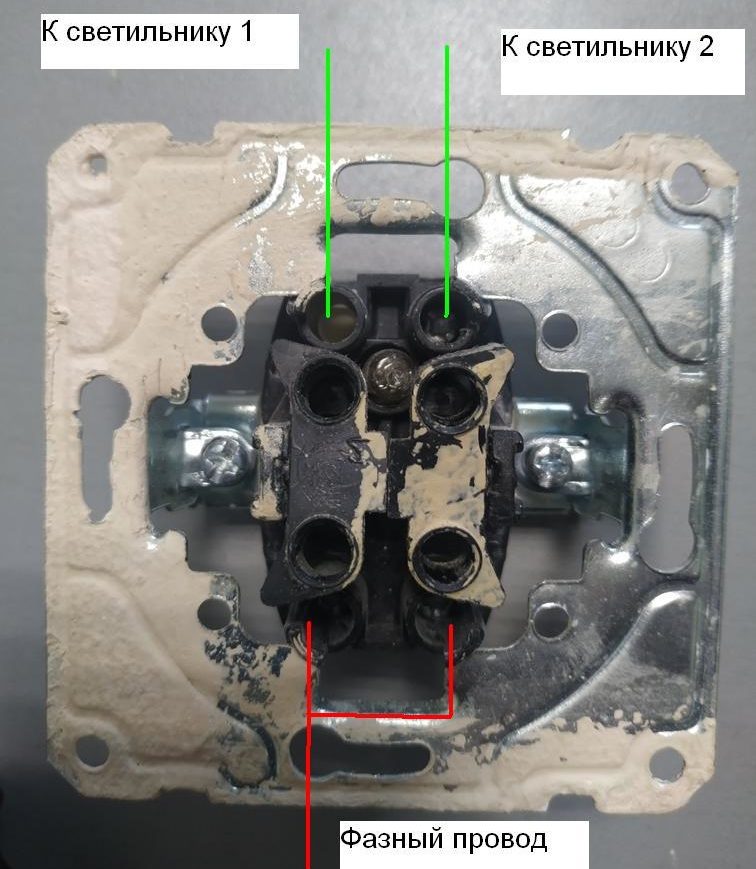
If there are three outgoing lines and three loads, you will need a three-key unit. The wiring diagram of such a device is shown in the figure.
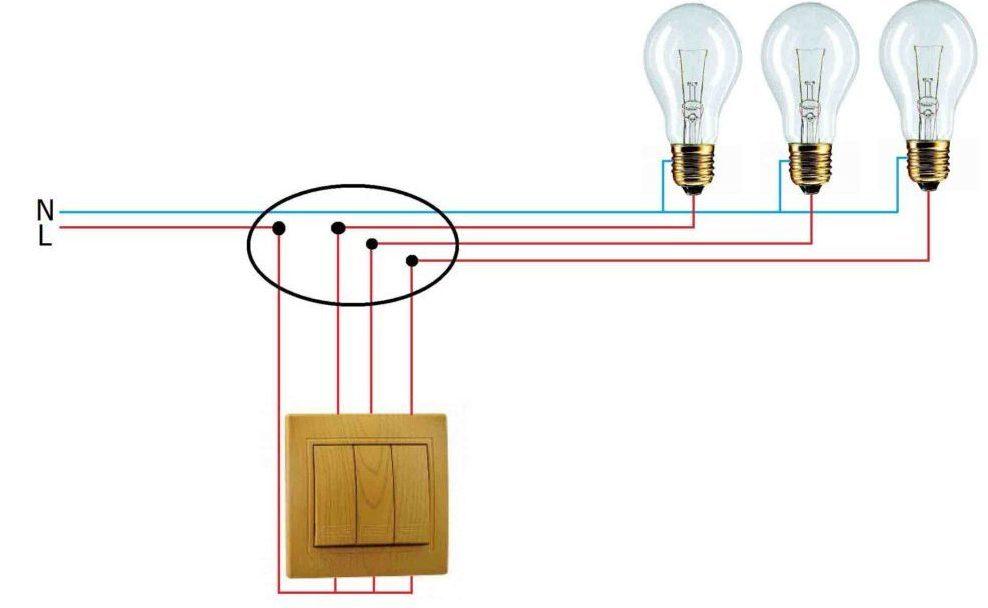
If there are three outgoing lines, and the load is one, it may turn out that in this place should be a pass-through switch for independent control of light from two or more places. You need to figure this out first. If you actually have to mount a loop-through apparatus, it is connected like this:
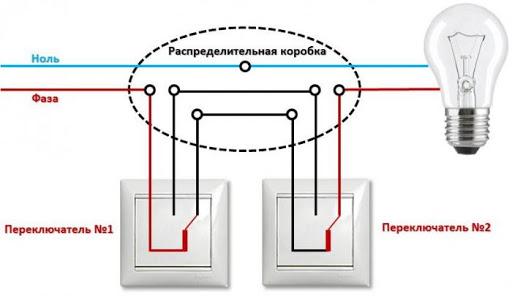
After that you can put the device in place, fix it as designed. Next you need to check the tightening of the terminal screws and finally assemble the wall switch by installing the keys or the front panel. After that, you can apply voltage from the switchboard and try to turn on the light. The installation of the outdoor switch is not fundamentally different, but you need to make sure that the degree of protection allows to operate the device in unprotected conditions.
Video lesson: A simple way to install a switch on a diode light.
Features of installation of concealed and overhead types
According to the method of installation switches are divided into internal (hidden) and external (overhead). Although the principles of their installation and operation are the same, but there are differences in the approach to installation.
Installation of the internal switch
Such devices are more aesthetic, they are recessed into the wall, but they require the arrangement of a special recess in the surface and the installation of "glasses". Therefore, they can be mounted only in the wall, which has sufficient thickness. Devices of this type are used in conjunction with concealed wiring.
Video on the subject.
Installing an external appliance
These devices have disadvantages, mainly of an aesthetic nature. They perform their function of opening and closing the circuit as well as the internal ones. But their installation is simpler - you do not need the arrangement of the socket, you only need to cover the surface. Also a plus is the ease of mounting on plasterboard walls and partitions. Overhead devices are used in conjunction with outdoor wiring, but can be used for hidden - you only need to bring the ends of the wires out near the location of the device.
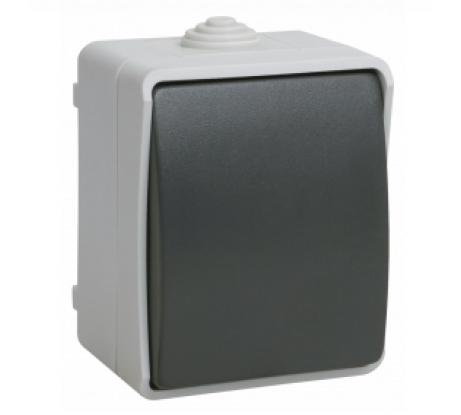
Rules of safe execution of works
The most important safety precaution when working on an electrical installation is to carry out all activities with the voltage disconnected. To do this, you must disconnect the voltage in the entire lighting system. Better yet, create a visible break - disconnect the outgoing wire from the automatic circuit breaker for the duration of installation. This prevents accidental energizing by unauthorized persons. Power can only be applied for a short period of time to check the phasing. The use of insulated hand tools (pliers, screwdrivers), dielectric mats and dielectric gloves will also increase safety during work. Following these simple rules will help to avoid unpleasant (or even tragic) consequences and allow you to later operate the light switch with comfort for many years to come.
